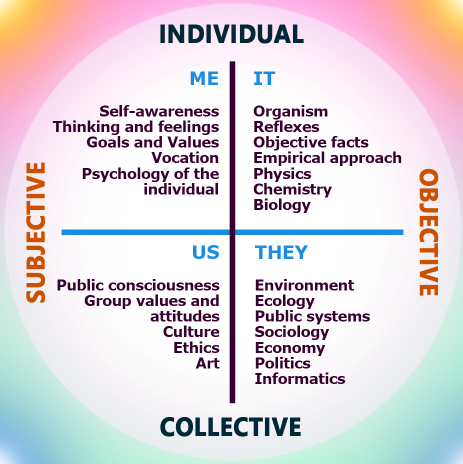Integral Permaculture

Integral Permaculture represents a synergy between two valuable systems:
Integral Approach and Permaculture
The Integral Permaculture, underlying the structure and the function of Vegetarium Project, is a synthesis of Integral Approach (by K. Wilber and other scientists) and Permaculture (by B.Mollison, D.Holmgren and others) principles and methods.
It consists in mastering the intransitive, functional principles of nature itself, of success, of mutual benefit and synergy, and experiencing their adapted application, depending on specific conditions, such as time, location, background, target groups, language, culture, environment, and specific aims.
What are these systems?
1. Permaculture
Growing Resilience – Harvesting Abundance. Naturally
Permaculture is a creative design process based on whole-systems thinking informed by ethics and design principles.
It guides us to mimic the patterns and relationships we can find in nature and can be applied to all aspects of human habitation, from agriculture to ecological building, from appropriate technology to education and even economics.
By adopting the ethics and applying permaculture principles in our daily life we can make the transition from being dependent consumers to becoming responsible producers.
This journey builds skills and resilience at home and in our local communities that will help us prepare for an uncertain future with less available energy.
The foundations of permaculture are THE ETHICS which guide the use of the 12 design principles, ensuring that they are used in appropriate ways. These principles are seen as universal, although the methods used to express them will vary greatly according to the place and situation.
THE 3 PERMACULTURE ETHICS ARE:
Earth care: restoring natural capital
People care: care for self, family and community
Fair share: distributing surplus and limiting consumption
THE 12 PERMACULTURE DESIGN PRINCIPLES ARE:
Observe and Interact with Nature
Catch and Store Energy
Obtain a Yield
Apply Self-Regulation and Accept Feedback
Use and Value Renewable Resources
Produce No Waste
Design from Patterns to Details
Integrate Rather Than Segregate
Use Small and Slow Solutions
Use and Value Diversity
Use Edges and Value the Marginal
Creatively Use and Respond to Change
2. Integral Approach
Nurturing Synergy and Common Values
The integral approach is a comprehensive framework that seeks to achieve agreement and synergy by integrating diverse perspectives. It focuses on understanding and modeling natural, human, and social systems based on both general regularities and individual characteristics.
Here are the key principles:
“And instead of Or”: This principle emphasises finding common ground in beliefs and reconciling interests. It rejects fundamentalist positions that pit one-sided worldviews, political stances, ethnic backgrounds, or gender perspectives against all other opinions.
Holisticity: The integral approach recognises that human and human groups function as interconnected systems. It considers the development of consciousness, various character traits, and proactive creativity as essential for achieving optimal results. Holistic thinking bridges disciplines and modes of survival, maintenance, and development.
Essentiality: Priority is given to the principles and practices that are particularly important for the well-being of the individual, small groups, wider society, and the environment. A wide range of applied knowledge is used for this purpose, spanning from centuries-old experience to the latest scientific achievements.
Training on an Appropriate Basis: While online classes or direct lectures may be inferior for this purpose, the integral approach thrives when participants live together in nature. Basic technological conveniences and continuous feedback ensure the educational process’s effectiveness, considering the condition and educational level of each participant.
Complexity: Addressing complexity involves using diverse and complementary tools for harmonisation and development. These tools can be grouped according to the following four perspectives:
Individual Subjective (ME): Focusing on personal development, life vocation, and psycho-regulatory principles and techniques.
Individual Objective (IT): Covering health regime, nutrition, sobriety, body hygiene, and physical education.
Collective Objective (THEY): Encompassing ecological and business culture, eco-agriculture, and sustainable development.
Collective Subjective (US): Embracing humanistic and democratic principles and practices of education, information hygiene on the Internet, constructive communication, and mutual assistance (including in emergency circumstances).

